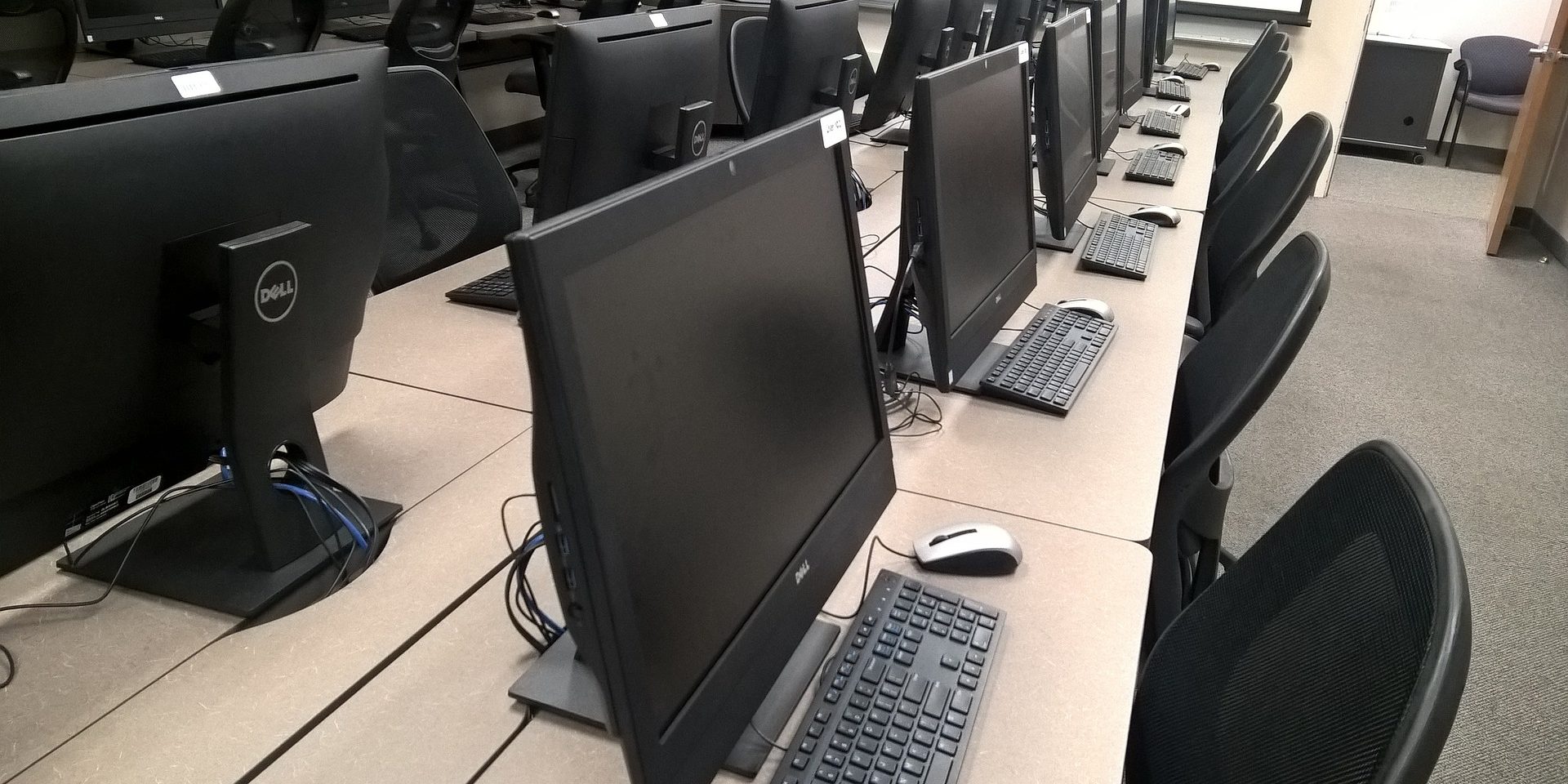Recently, the Department for Education published new guidance to schools and colleges on the standards they should meet in a range of key categories, including broadband internet and filtering.
However, many schools feel perplexed by the guidance and in need of support to understand why the standards matter and how to choose broadband and filtering that meets government guidelines. In this article, we aim to demystify the guidance and provide practical tips for ensuring that your network meets the requirements needed.
Why do digital and technology standards matter?
As technology in schools advances rapidly, and teaching and learning increasingly rely heavily on internet connectivity, the DfE has produced guidance to support schools to choose the right digital infrastructure and technology. The DfE advises that meeting the standards helps schools to make informed decisions about technology, increasing budget efficiency, and school safety but ultimately enhancing teaching and learning.
In the past, schools may have relied on consultancy with outside agencies to know what equipment to use and what is best for their needs. The new guidelines allow schools to make certain that suppliers have set standards to work to and meet the needs of the end user setting.
The guidance currently covers four key categories and will be expanded to meet others in the future:
- Broadband internet (including appropriate IT security)
- Network switching
- Network cabling
- Wireless networks
Why do broadband internet standards matter?
Ensuring that you have the right broadband, means that internet-connected equipment can be used as part of teaching and learning with confidence. High-speed broadband opens up a wealth of cloud-based options for learning and communication, including VOIP telephone systems. Finally, having the right filtering in place certifies that pupils stay safe when accessing the internet in schools.
Broadband internet for schools, demystified:
The guidance for broadband internet is explicit, stating that schools should use a full-fibre connection for their broadband. Full fibre services can be broken down into two categories.
- FTTP – stands for Fibre To The Premises and is subject to the infrastructure in your area. This is faster than traditional broadband that runs over the phone line.
- Leased Line – For areas where FTTP is unavailable, a leased line is a way to provide fast, reliable, broadband.
The DfE also states that schools should have a backup broadband connection, to ensure continuity of service in case of unforeseen downtime.
Ensuring you have appropriate IT security and safeguarding systems in place:
Schools should already be meeting this standard under the statutory safeguarding guidance, ensuring that they have a firewall and content filtering in place to prevent pupils from accessing harmful content online.
How can Link ICT Services support schools to meet the standards?
As part of the services Link ICT provide to schools, we offer Internet Connectivity and Filtering Packages at a competitive price. Our technical knowledge combined with relationships with broadband providers means that we can secure and configure the fastest, most reliable and safest solution for your staff and pupils.

